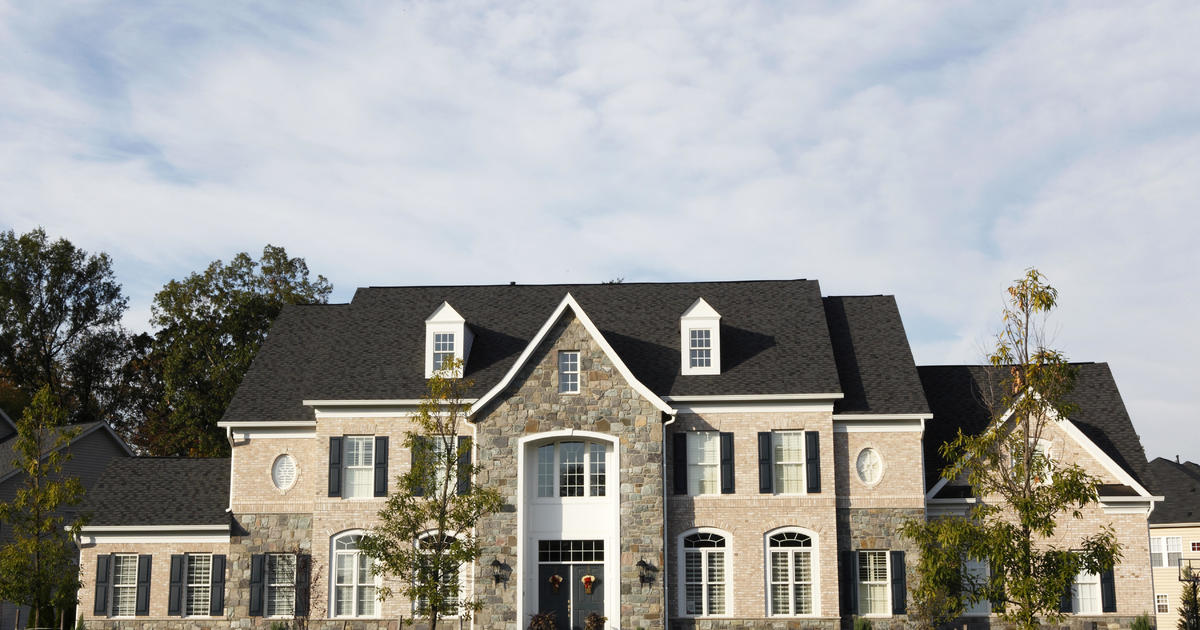Home sales are slumping badly as affordability remains a hurdle
Sales of previously occupied U.S. homes fell in October for the ninth month in a row to the slowest pre-pandemic sales pace in more than 10 years, as homebuyers grappled with sharply higher mortgage rates, rising home prices and fewer properties on the market.
Existing home sales fell 5.9% last month from September to a seasonally adjusted annual rate of 4.43 million, the National Association of Realtors said Friday. The string of monthly sales declines this year is the longest on record on data going back to 1999, the NAR said.
Sales cratered 28.4% from October last year. Excluding the steep slowdown in sales that occurred in May 2020 near the start of the pandemic, sales are now at the slowest annual pace since December 2011, when the housing market was still mired in a deep slump following the foreclosure crisis of the late 2000s.
Despite the slowdown, home prices continued to climb last month, albeit at a slower pace than earlier this year. The national median home price rose 6.6% in October from a year earlier, to $379,100.
The median home price is now down about 8% from its peak in June, but remains 40% above where it was in October 2019, before the pandemic, said Lawrence Yun, the NAR's chief economist. Since January, home prices have fallen nearly 32%, according to Pantheon Macroeconomics.
"That's really hurting affordability," he said. "Most household incomes have not risen by 40%."
Soaring mortgage rates
House hunters had fewer properties to choose from as the inventory of homes on the market declined for the third month in a row. Some 1.22 million homes were on the market by the end of October, down 0.8% from September, the NAR said.
That amounts to 3.3 months' supply at the current monthly sales pace. In a more balanced market between buyers and sellers there is a 5- to 6-month supply.
The housing market has been slowing as average long-term U.S. mortgage rates have more than doubled from a year ago, making homes less affordable.
The average rate on a 30-year home loan was 6.61% this week, according to mortgage buyer Freddie Mac. A year ago, the average rate was 3.1%. Late last month, the average rate topped 7% for the first time since 2002.
"The plunge in sales this year has tracked the collapse in mortgage demand as affordability has deteriorated," Pantheon chief economist Ian Shepherdson said in a report, noting that he expects residential real estate sales to slump even further.
Surging home loan rates reduce homebuyers' purchasing power by adding hundreds of dollars to monthly mortgage payments. They also discourage homeowners who locked in an ultra-low rate the last couple of years from buying a new home. That, in turn, can limit the number of homes that are available for sale.
Mortgage rates are likely to remain a significant hurdle for would-be homebuyers for some time as the Federal Reserve has consistently signaled its intent to keep raising its short-term interest rate in its bid to squash the hottest inflation in decades.
Two weeks ago, the Fed raised its short-term lending rate by another 0.75 percentage points, three times its usual margin, for a fourth time this year. Its key rate now stands in a range of 3.75% to 4%.
While mortgage rates don't necessarily mirror the Fed's rate increases, they tend to track the yield on the 10-year Treasury note. The yield is influenced by a variety of factors, including investors' expectations for future inflation and global demand for U.S. Treasurys.
Competition remains fierce
With the number of properties on the market still relatively scarce by historical standards, sellers continue to receive multiple offers, especially for the most affordable homes where competition remains fierce.
On average, homes sold in just 21 days of hitting the market last month, up from 19 days in September, the NAR said. Before the pandemic, homes typically sold more than 30 days after being listed for sale.
For buyers, of course the ongoing slowdown in the housing market has benefits.
"Other leading indicators of home demand suggest that the housing market likely has more downside to go," Jeffrey Roach, chief economist for LPL Financial, said in an email. "The low supply of homes, the demographic landscape and the continued geographic reshuffling imply that the housing market will not likely repeat the experience of the Great Financial Crisis. As the housing market cools further, median prices should decline, helping affordability levels come back into balance."
According to Zillow, in October the monthly mortgage payment on the purchase of a typical house was $1,910. That's up 77% from a year ago and a 107% higher — or nearly $1,000 — than in 2019.



